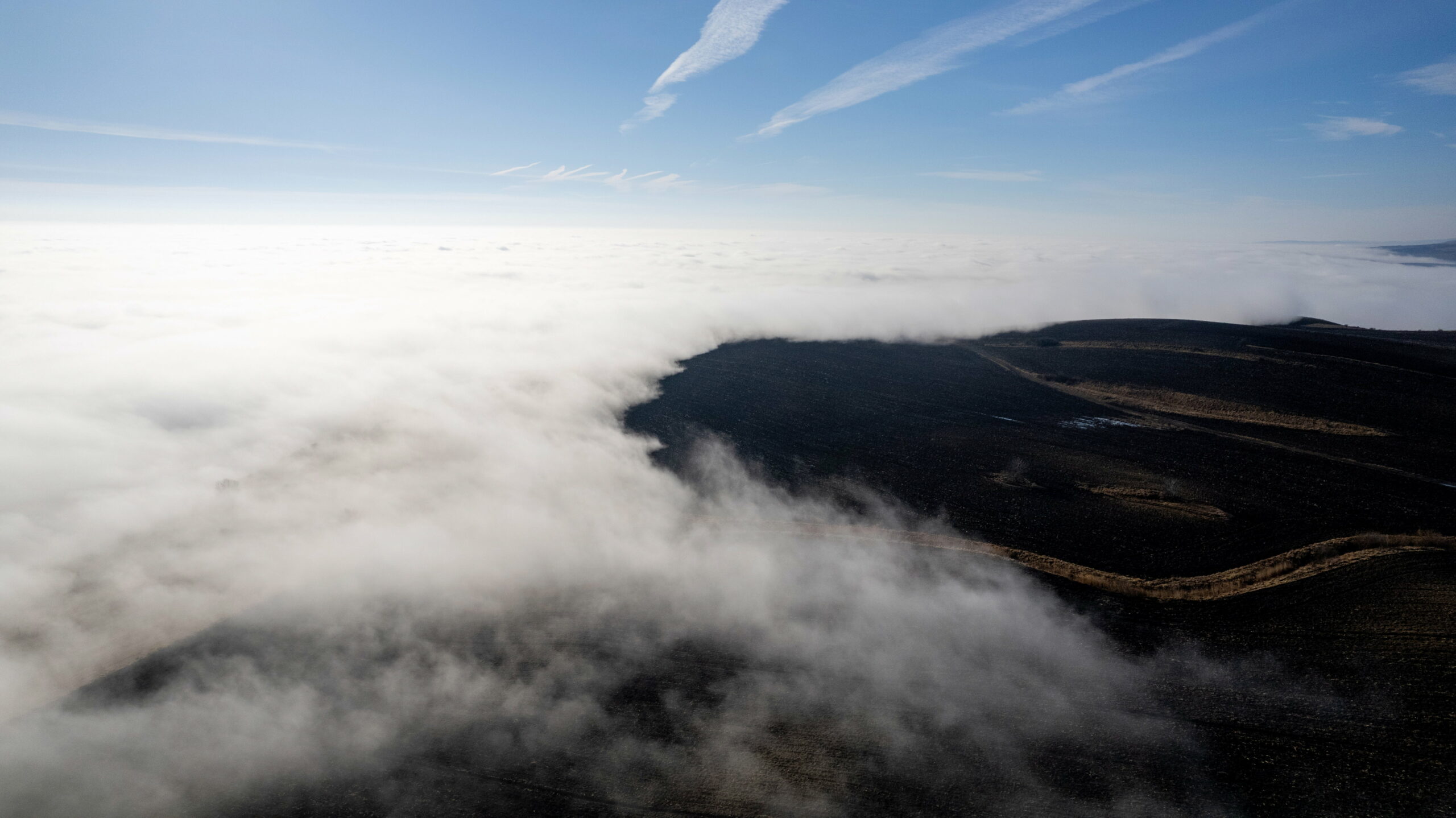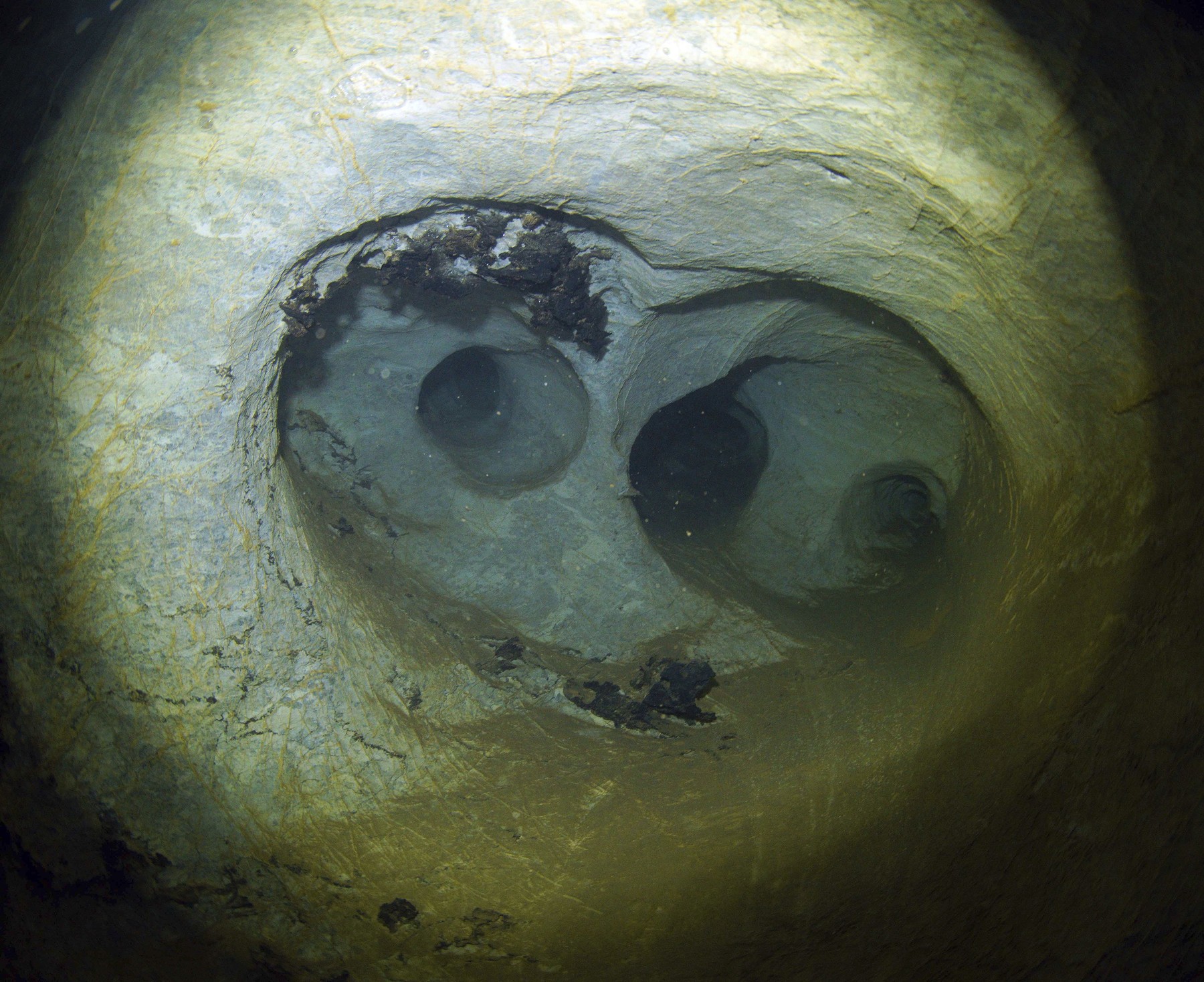More than 50,000 years ago, the territory of present-day Australia was inhabited by birds of enormous size. One of them, Genyornis Newtoni, weighed about 250 pounds, but it didn’t give him an advantage over a human due to his size. The giant bird disappeared 45,000 years ago, leading researchers to question whether human or environmental changes caused the bird to become extinct. According to a new study, that may be the case.
In recent years, eggshell fragments from thousands of years ago have been found in several parts of Australia, the evidence being cooked up in the past. The identity of whites is a topic of fierce debate among researchers, but a global team has now confirmed it JuniorsNewtoncomes from.
The chemistry of time, temperature, and fossils determines how much information we can gather Professor Matthew Collins said: ZME Science Online science portal. Eggshells consist of mineral crystals that can tightly trap certain proteins, preserving these biological data even in the harshest environments; Even for millions of years.
And this, experts say, can provide more information than satisfy curiosity about eggshell: it also indicates how the bird perished.
The Proceedings of the National Academy of Sciences According to a study published in the scientific journal, the Earth’s climate underwent significant changes in the Ice Age. As a result of ice ages, sea levels have risen and fallen, causing large animals to disappear from the planet. The list included many giant creatures including the European mammoth and the sloths of the American continent. But scientists say it doesn’t tell the whole story.
They noted that humans arrived in Australia at least 65,000 years ago, and that at that time many large animals roamed the continent, but within 20,000 years, most of these species became extinct. Researchers believe that human presence may also have contributed to their rapid extinction. This is evidenced by the thousands of eggshell fragments found in recent years, dating back more than 55,000 years. Although many have assumed that this is a JuniorsNewtonBut not everyone agreed – yet.

In the new study, experts tried to extract ancient DNA from pieces of the shell to identify the species, but it turned out that the genetic material did not survive the previous harsh Australian climate.
Therefore, a relatively new technology was resorted to: proteolysis, another major component of eggs, which made it possible to compare the sequences of ancient proteins with those of living species. This in turn allowed the researchers to confirm the presence of eggs JuniorsNewtoncomes from.
Scientists believe that people who arrive on the territory of Australia today prefer to eat the eggs of large birds. But it soon became apparent that this had reached such dimensions that the breeding strategies of these unusual birds could no longer afford.









































